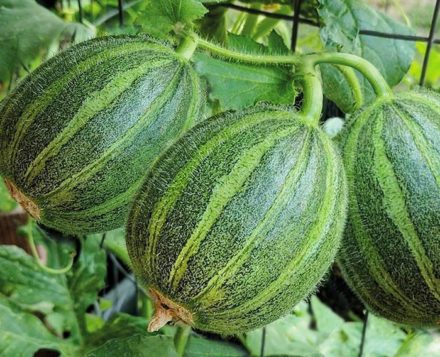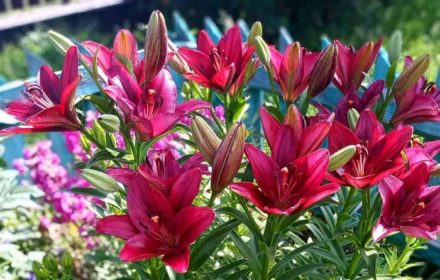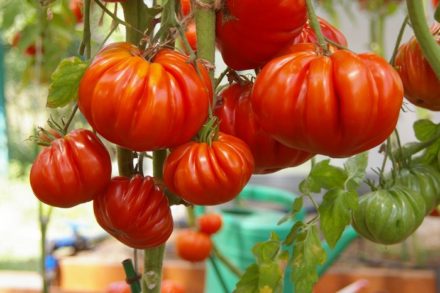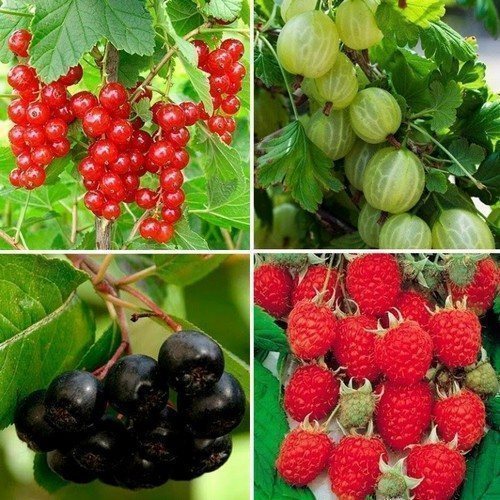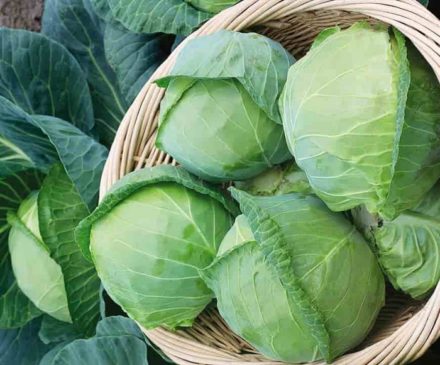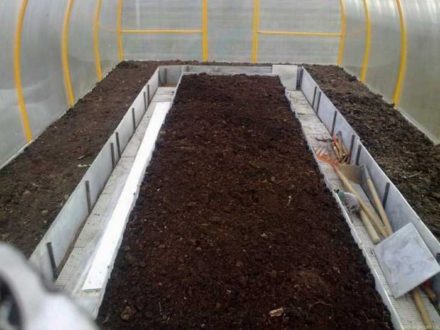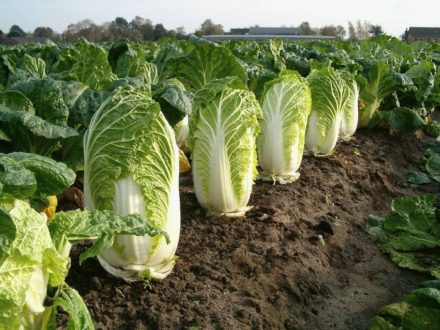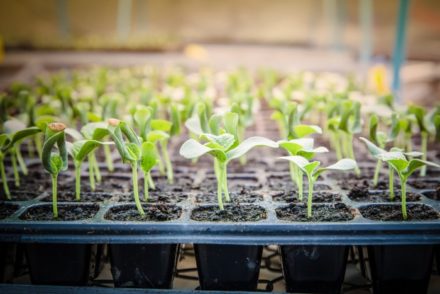The job of breeders is to develop not only new varieties of cultivated plants, but also interesting crops. For example, by crossing plum, apricot and peach, unusual fruit trees with original names were obtained, combining the qualities of several mother plants at once.
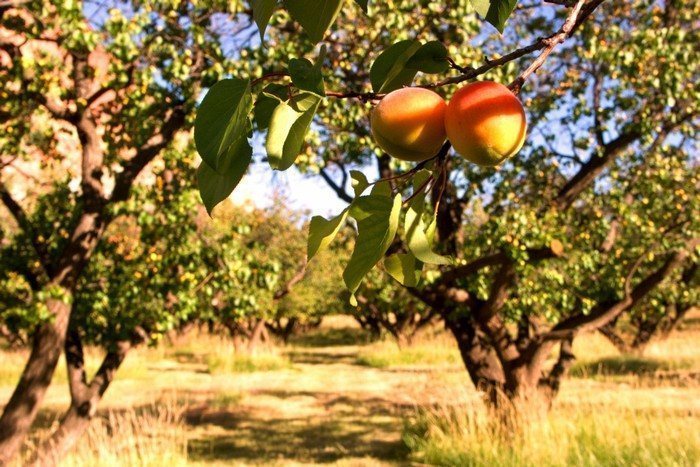
Sharafuga
When breeding Sharafuga, genetic material from 3 crops was used - apricot, plum and peach. The hybrid was selected by the American Floyd Zaiger. In his work, he proceeded from the fact that all three mother cultures belong to the same subfamily. The hybrid begins to bear fruit early, tolerates frost well and boasts an unusual taste of the fruit.
Once in Russia, sharafuga quickly gained popularity among gardeners.
Now summer residents of the northern regions have the opportunity to grow fruit trees, the ancestors of which were heat-loving crops, the planting of which could not even be dreamed of. The external characteristics of the tree were transferred to it from the plum tree; the same leaves and thorns grow on it.
The fruits resemble apricots in shape and size. From the peach, the fruit has inherited a peculiar grooved pit that easily comes away from the pulp. The taste of the fruit depends on the stage of ripeness. At first they resemble a plum, but when ripe they become like an apricot.
The sharafuga harvest is ready for harvest at the end of summer.The fruits of the fruit can be consumed fresh and used to make compotes, preserves, and jam. Later, additional varieties were developed based on the culture. Their fruits have a different color.
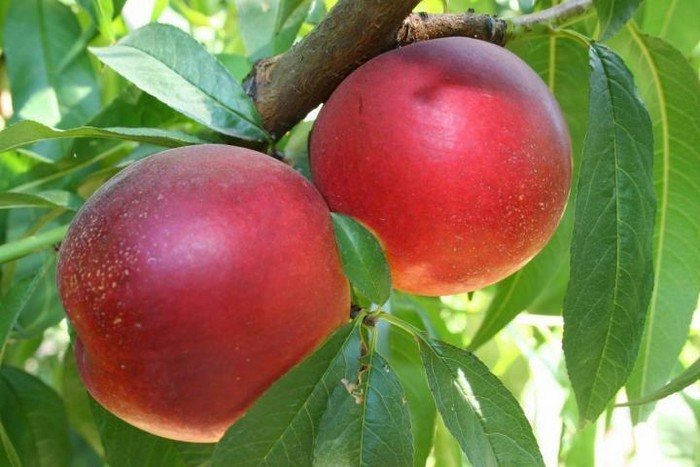
Plumcat
Plumcat is another American hybrid whose ancestors are apricot and plum. The goal of the breeders was to obtain a crop with good yield and high frost resistance, which they completely succeeded in. At the same time, the tree produces fruits with juicy, fibrous and sweet pulp. The hybrid was bred by cross-pollination.
In appearance, plumcot looks more like a plum. The tree begins to bear fruit in the third year after planting. The harvest ripens at the end of July. The top of the fruit is covered with red or purple skin, the color of the pulp is light yellow.
The culture not only easily tolerates frost, but is also resistant to diseases. After breeding the plumcat, breeders continued to improve it and developed quite a few varieties that differ in their characteristics.
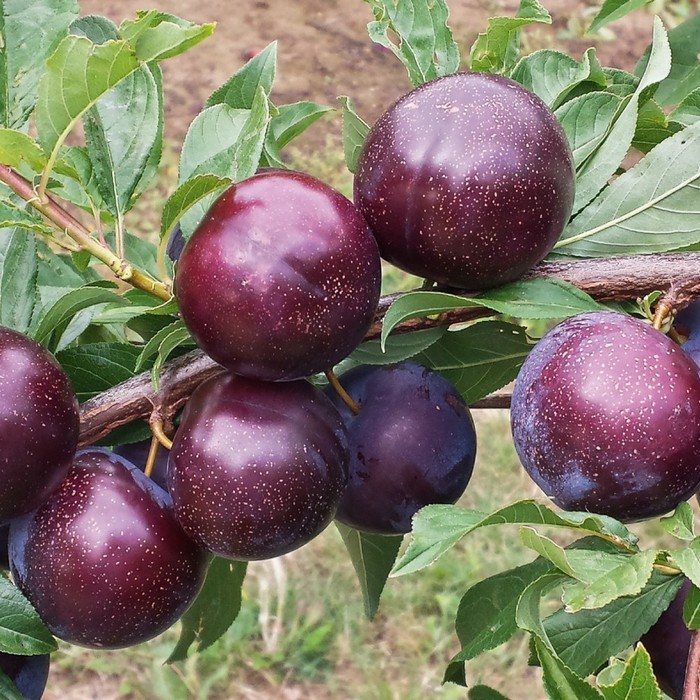
Aprium
Aprium was bred by the same breeder as the two previous hybrids. In its creation, genetic material from apricots and plums was also used. In terms of its qualities, the crop is closer to the apricot tree, because it adopted 70% of its genes from this relative. Looking at the aprium, it can be mistaken for an apricot or nectarine of a slightly unusual appearance.
The fruits of the hybrid are covered on top with bright orange skin with a reddish blush. The fruits are slightly pubescent and have orange flesh. Some varieties of aprium have a different fruit color.The fruit seed is large in size and similar to an apricot. Ripe fruits contain large amounts of sugar.
Despite the external resemblance to apricot, the taste of the fruit is more like plum. Those who have tried these fruits claim that they leave an aftertaste of raspberries and exotic fruits. The aroma of aprium is also unusual: it contains notes of orange. The ripening time of the hybrid depends on the specific variety.
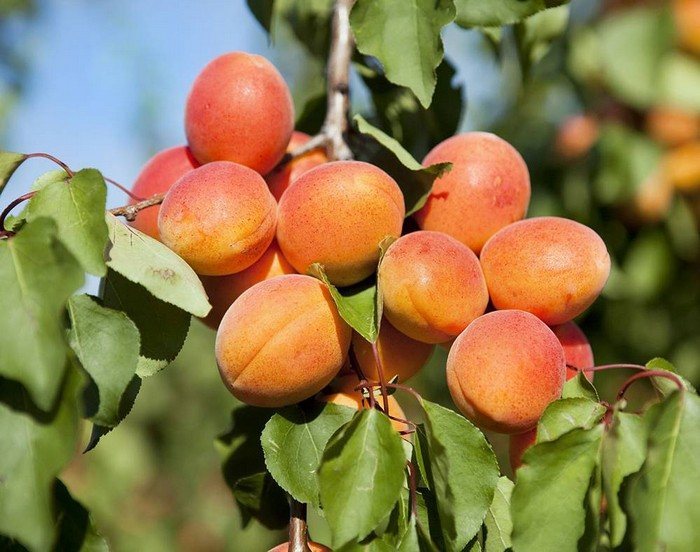
All three crops are still rare in Russia; they can not be purchased in all nurseries. It is better to make a purchase based on recommendations. Gardeners complain that sometimes they offer a completely different seedling for purchase, passing it off as one of the popular hybrids. The agricultural technology of sharafuga, aprium and plumcat does not cause any difficulties; it is quite standard.


